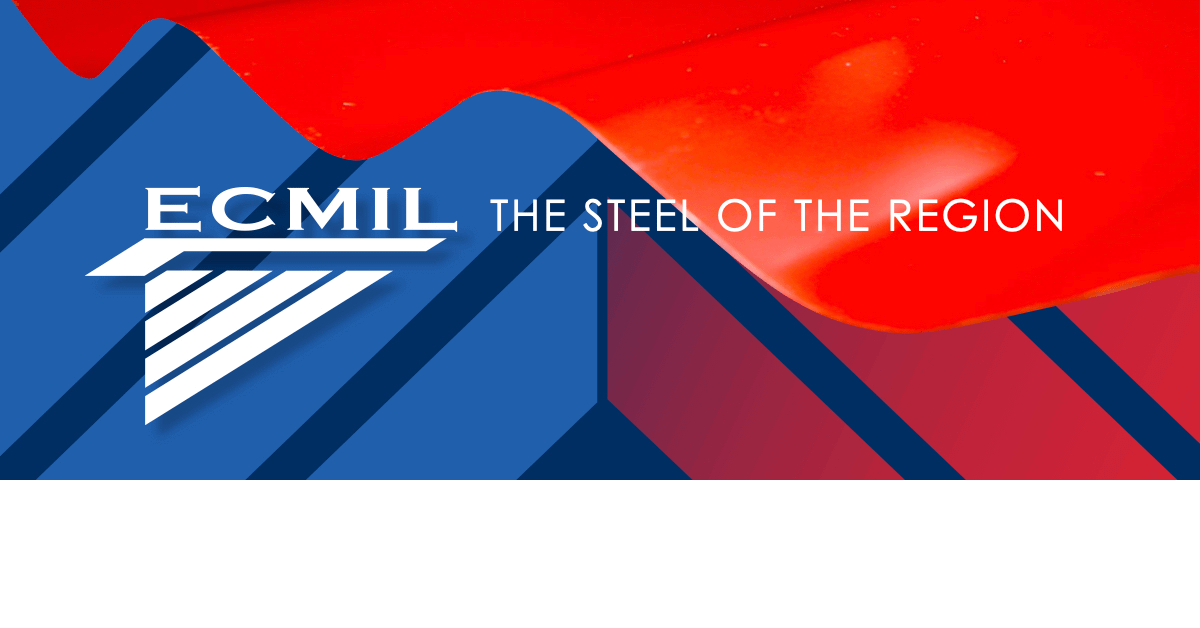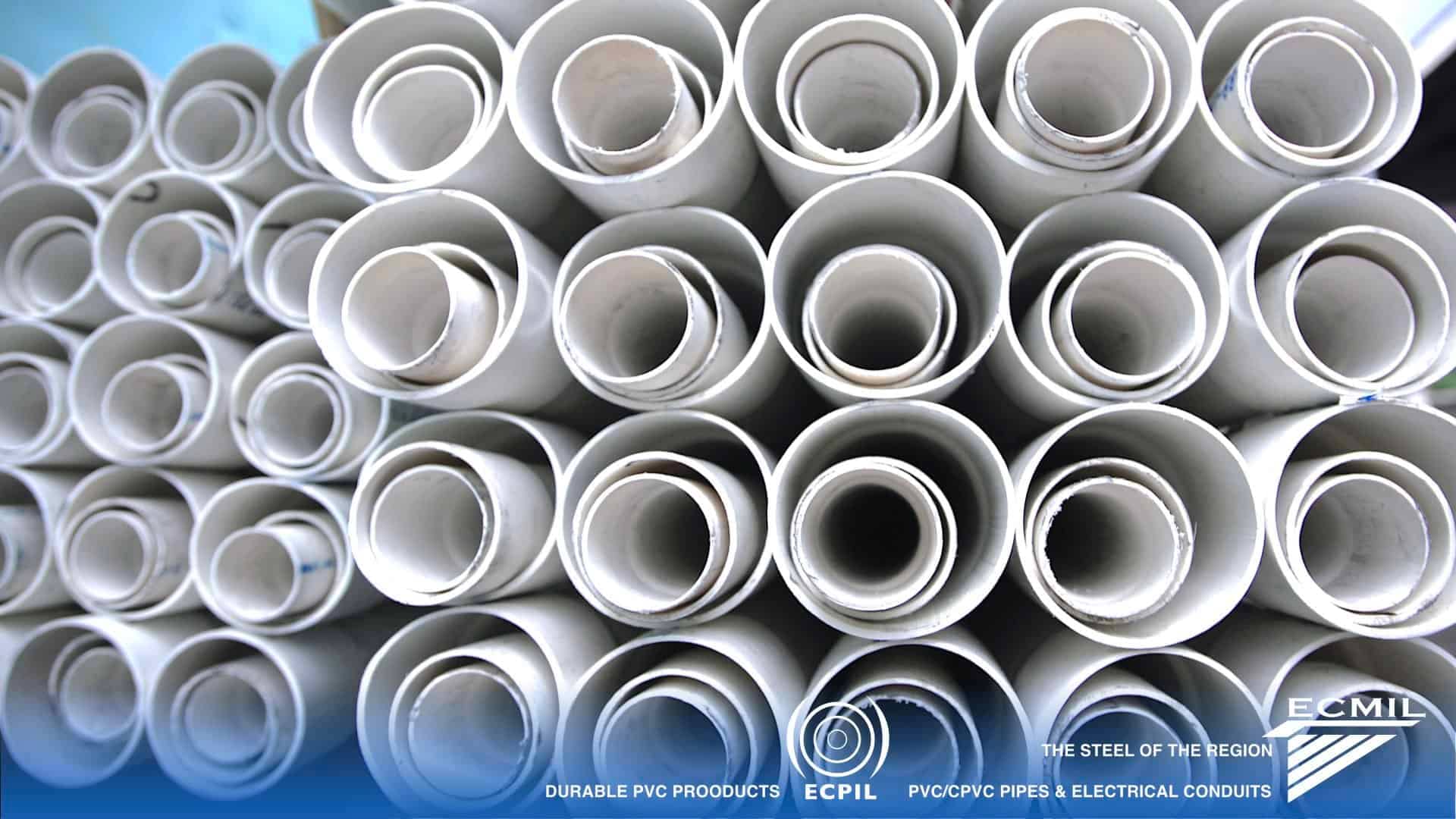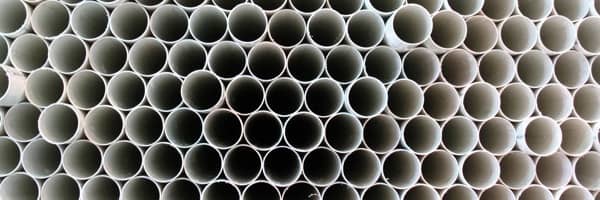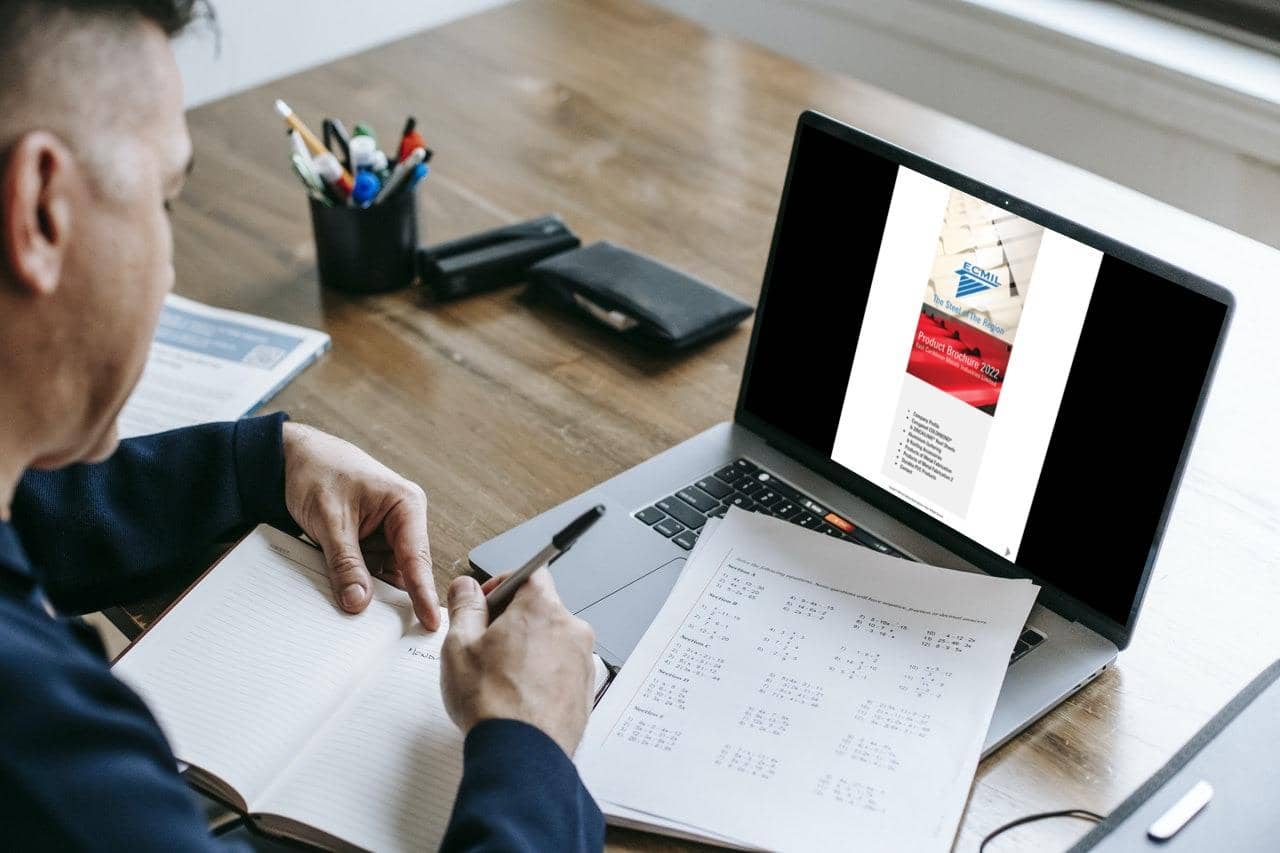All about PVC Pipes by ECPIL
Where building materials are concerned, the Caribbean construction industry tends to focus on foundations, columns, roofs and resistance to storm winds and rain.
However, to make a building fully functional we also need water and energy and a means by which to carry those, from source to many parts of the construction.
We use flexible pipes made from polyvinyl chloride, or PVC, for all of these functions, with the appropriate gauge and strength to satisfy differing applications.
Plumbing pipes are in the group designated Drain, Waste and Vent, or DWV, which have 2 variations for hot and cold water, CPVC, and PVC respectively.
These will primarily transmit cold water from your mains source, typically in half inch cold pipes, to your storage or directly to your faucets in sinks, baths and showers, and toilet tanks.
The PVC cold water inflow will also pass water to a heating system and storage, such as solar, gas or electric immersion. The water once heated, will then be transmitted throughout the building in CPVC piping of the same gauge.
Toilet outflow, or PVC waste pipes are 4 inch in diameter and connect to external independent soak-aways, or directly to community sewage systems. These are vented by 1.5 inch PVC pipes, which carry odours up beyond roof gutter height, while also alleviating pressure buildups in the sewage piping.
Sink, bath and shower outflow, or grey water, is transmitted by 1.5 inch PVC pipes, to grey water soak-aways or external gutters, to communal drains.
Rain water runoffs collect roof water from gutters, in 1.5 inch PVC pipes and transmit to storage tanks or communal drains.
PVC electrical piping, known as conduit, is lighter than water pipe, being protective to the transmission of cables, rather than filled with water under pressure.
They are mounted internally within walls, or surface mounted and carry electrical ring mains, often consisting of 3 live wires, throughout a building. The conduits act as a long term protection to cables, and simplify installation or replacement, by causing a smooth, controlled path to each outlet or mains box.
PVC conduit is also used to transmit electrical cables from the external pole to the meter and often underground to the building, removing unsightly and often at risk overground power cables.
The PVC Process
Simply put, PVC pipes are formed from raw PVC powder by a process of heat, pressure and extrusion.
- Raw materials are batched and mixed with additives to create a uniformly distributed dry blend mixture.
- A mixing temperature of around 120°C is achieved by frictional heat.
- At various stages of the mixing process additives melt and progressively coat the PVC polymer granules.
- At the required temperature, the blend is discharged to a cooling chamber rapidly dropping the temperature to 50°C. allowing the blend to be conveyed to intermediate storage where even temperature and density consistency are achieved.
- The extruder, has a temperature-controlled barrel in which rotate precision “screws”.
- The PVC dry blend is metered into the barrel and screws, which then converts the dry blend into the required “melt” state, by heat, pressure and shear.
- During its passage along the screws, the PVC passes through areas that compress, homogenise and vent the melt stream.
- The final area increases the pressure to extrude the melt through a head and die set which is shaped according to the size of the pipe required and flow characteristics of the melt stream.
- Once the pipe leaves the extrusion die, it is sized by passing through a precision sizing sleeve with external vacuum. This is sufficient to harden the exterior layer of PVC and hold the pipe diameter during final cooling in a controlled water cooling chamber.
- The pipe is pulled through the sizing and cooling operations by the puller, at a constant speed. Speed control is very important when this equipment is used because the speed at which the pipe is pulled will affect the wall thickness of the finished product.
- An in-line printer marks the pipes at regular intervals, with identification according to size, class, type, date, Standard number, and extruder number.
- An automatic cut-off saw cuts the pipe to the required length.
- A belling machine forms a socket on the end of each length of pipe.
- The finished product is stored to await final dispatch.
Through our subsidiary company ECPIL we manufacture and supply the domestic and industrial markets across the region with durable PVC products in the following specifications:
- D.W.V pipes [SDR 32.5 (125 P.S.I)]
1.25” / 1.5” / 2” / 3” / 4”
31.75mm / 38.1mm / 50.8mm / 76.2mm / 101.6mm - Schedule 40
0.5” / 0.75” / 1” / 1.5” / 2” / 3” / 4”
12.7mm / 19.05mm / 25.4mm / 38.1mm / 50.8mm / 76.2mm / 101.6mm
at 19ft (5.8m) lengths - P.V.C electrical conduits (heavy duty)
• 20mm x 3m. lengths
• 25mm x 3m. lengths
• 32mm x 3m. lengths
An extensive range of PVC fittings are also available.
Contact our knowledgeable sales staff who will guide you to the best possible combination of our quality products, and the shipping process.
Our reliability is borne out of experience and market demand.
Our aim is to get your project started, with all the items you need for a successful construction, whether it be new or replacement.
Our Latest Brochure is now available!
ECMIL has always been about quality,
durability, affordability, and choice.
Our range of items has increased over the years, to meet your demand for fresh styles, colours, and advanced technology.
With that in mind, we now offer our 2022 Online Brochure, to better assist your efforts to improve your home or business and secure your future with the best quality steel products. And remember, all at ex-factory pricing!
That's why we are ECMIL - The Steel of The Region!
NB. This article is for general information purposes only and is meant as an incentive to the reader, who should then research and seek advice from their architectural and construction professionals to confirm that the ideas expressed are possible within the building codes of their territory or within the limitations of their home's architecture. ECMIL only recommends their own products and third party products which they supply, as part of their company's roofing solutions to customers.







